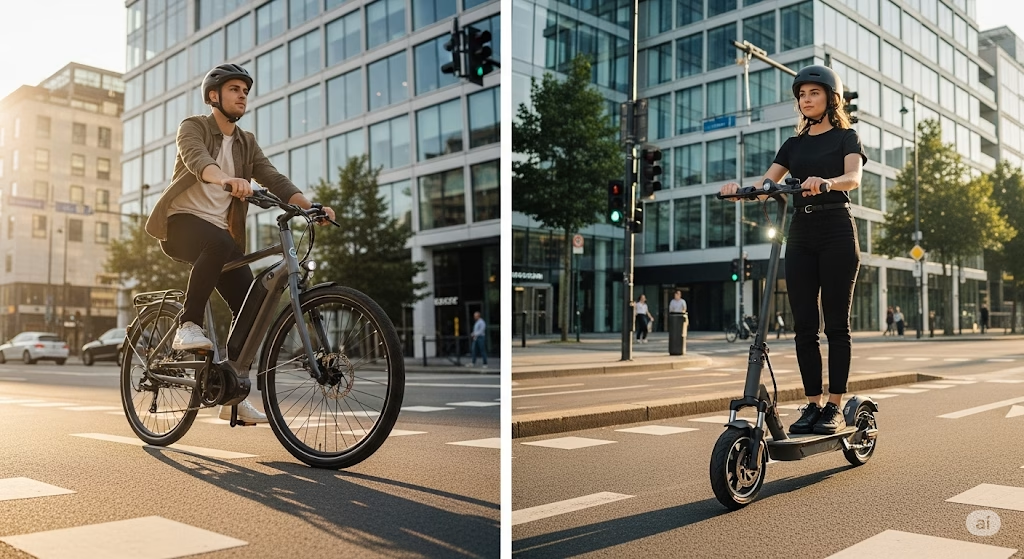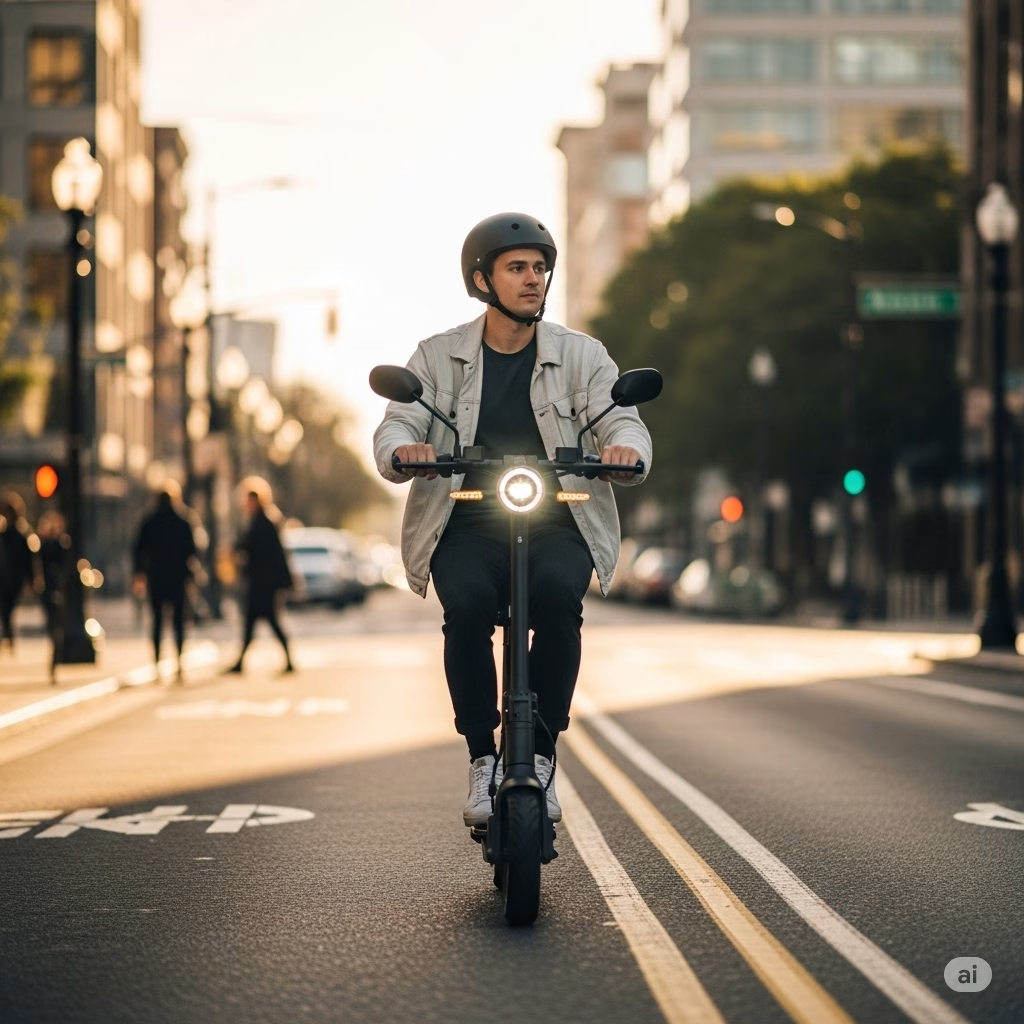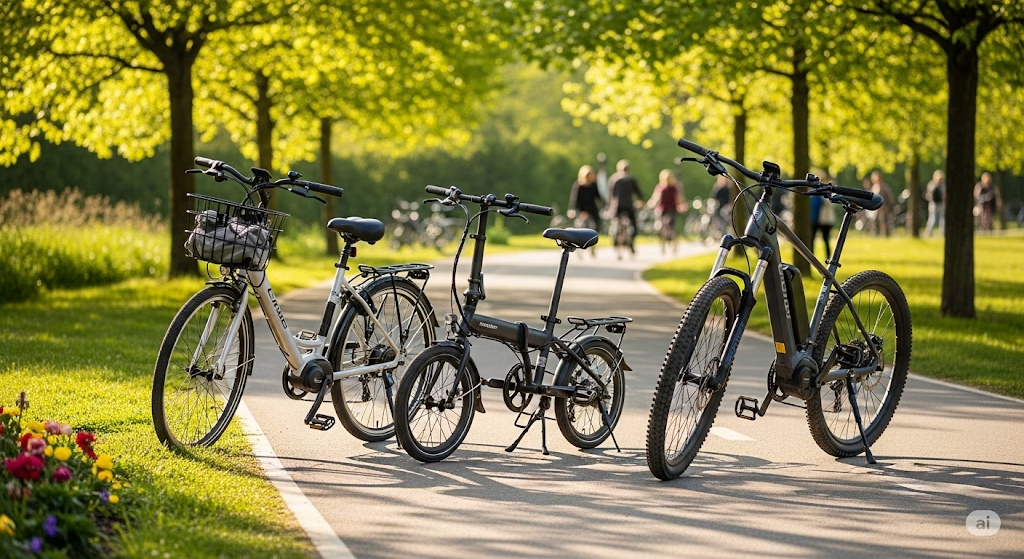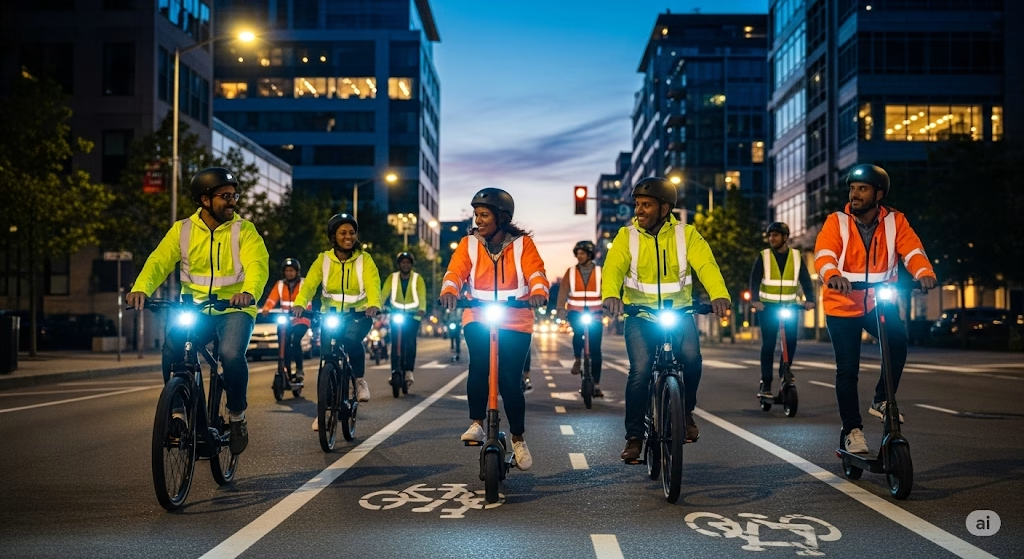The landscape of personal transportation in the United States is rapidly evolving, with electric vehicles playing an increasingly significant role. Among the most popular options for navigating urban and suburban environments are electric bikes (e-bikes) and electric scooters (e-scooters). Both offer a convenient, eco-friendly, and enjoyable way to get around, but they are built for different purposes and cater to different lifestyles. Choosing the right one requires a careful evaluation of your specific needs, considering factors like your typical commute, the terrain you’ll encounter, your storage limitations, and your budget. This article provides a comprehensive comparison to help you make an informed decision.
Commuting: The Daily Grind
For many, the primary reason to invest in an electric vehicle is to improve their daily commute.
E-Bikes: E-bikes are an excellent choice for a wide range of commuting scenarios. Their design, similar to a traditional bicycle, provides a comfortable and stable ride over longer distances. They are equipped with pedal-assist technology, which means you still pedal, but the motor provides a boost, making it easier to climb hills and maintain speed. This also allows you to get some exercise while still arriving at your destination without breaking a sweat. Many e-bikes are designed to carry cargo, making them ideal for carrying a laptop bag, groceries, or other items. They are also widely accepted in most city bike lanes and are a familiar presence on roads and trails.
E-Scooters: E-scooters are best suited for short, urban commutes, particularly in dense city centers. Their compact and nimble nature makes them ideal for weaving through traffic and navigating crowded areas. They are designed for quick trips and are easy to hop on and off, making them perfect for multi-modal commuting, such as riding from a bus stop to your office. However, they are not ideal for carrying cargo beyond a backpack, and standing for a long time can become tiring on extended trips.
Terrain: Navigating Your Environment
The type of terrain you will be riding on is a crucial factor in your decision.
E-Bikes: E-bikes are far more versatile when it comes to terrain. Models with suspension and wider tires are capable of handling everything from smooth city pavement to gravel paths and even light off-road trails. The larger wheels provide more stability over cracks, potholes, and other road imperfections. If your route involves varied surfaces, or if you want to explore more than just city streets, an e-bike is a more reliable and comfortable choice.
E-Scooters: E-scooters are designed for smooth, flat, paved surfaces. Their smaller wheels and typically rigid frames make them less stable and comfortable on uneven roads, sidewalks, or dirt paths. While some high-end models have suspension, they are not meant for rugged use. Encountering a large crack or pothole can be jarring and potentially dangerous.
Storage and Portability: Space and Convenience
Your living situation and where you plan to store your vehicle are important considerations.
E-Bikes: E-bikes are larger and heavier than e-scooters. They require a dedicated space for storage, whether it’s in a garage, a bike rack on your car, or inside your home. While folding e-bikes offer more flexibility for storage and transport, they are still significantly larger than their scooter counterparts. They are generally not easy to carry up a flight of stairs or into a small office space.
E-Scooters: The compact design of e-scooters is one of their biggest advantages. Many models are foldable, making them easy to carry and store in a small apartment, under a desk at work, or in the trunk of a car. This portability is a major plus for urban dwellers with limited space or for those who need to combine their ride with public transportation.
Cost: Initial Investment and Long-Term Value
The price point is often the deciding factor for many buyers.
E-Bikes: E-bikes typically have a higher initial cost. The price difference is due to more complex components, larger batteries, and more robust frames. Prices can range from around $1,000 for a basic model to over $5,000 for high-end electric mountain bikes or road bikes. However, they can provide better long-term value, as they are more durable and capable of replacing car trips for a wider variety of needs.
E-Scooters: E-scooters are generally more affordable, with many reliable models available for under $1,000. This lower entry point makes them more accessible for those on a tighter budget. However, cheaper models may have a shorter lifespan and a more limited range, which could lead to a higher cost of ownership over time if replacements are needed.
Conclusion: Making the Right Choice
To summarize, the best choice depends on your specific lifestyle.
- Choose an E-Bike If: You have a longer commute, need to carry cargo, plan to ride on varied terrain, or prefer a more stable and traditional cycling experience. The higher cost is justified by their versatility and durability.
- Choose an E-Scooter If: Your commute is short and on smooth, paved roads, and your top priorities are portability, easy storage, and a lower price point. They are the perfect solution for a quick and nimble urban ride.
By carefully considering these factors, you can select the electric vehicle that best fits your needs and enhances your daily travel.






Leave a Reply